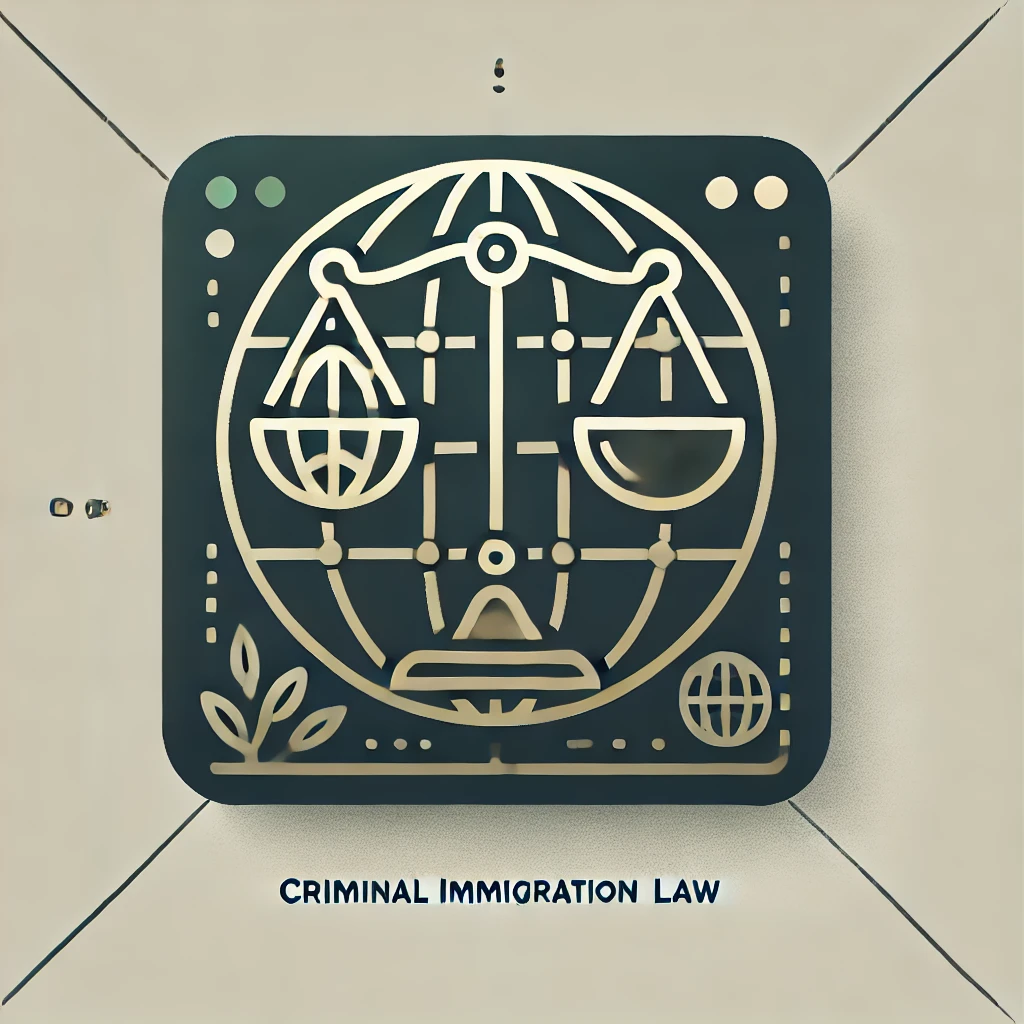Welcome to our deep dive into Adjustment of Status vs. Consular Processing: Key Differences and Pros and Cons. If you’re navigating the complex world of immigration, you might be wondering which path is right for you. This article will break down these two processes, helping you understand their differences, advantages, and disadvantages. So, grab a cup of coffee, and let’s get started!
What is Consular Processing?,
Key Differences Between the Two,
Pros and Cons of Each Process,
Which is Right for You?,
Key Takeaways,
Conclusion
Adjustment of Status vs. Consular Processing: Key Differences and Pros and Cons
What is Adjustment of Status?
So, what exactly is Adjustment of Status? In simple terms, it’s a process that allows you to apply for a green card while you’re already in the United States. Imagine you’re at a party, and instead of leaving to get a drink, you just grab one from the fridge right there. That’s kind of how Adjustment of Status works! You can stay put and adjust your immigration status without having to leave the country.
How Does It Work?
To initiate Adjustment of Status, you typically need to file Form I-485, Application to Register Permanent Residence or Adjust Status. This form is your ticket to the green card party! Once you submit it, you may also need to attend an interview and provide various documents, such as proof of your eligibility and identity.

What is Consular Processing?
On the flip side, we have Consular Processing. Think of this as the more traditional route. Instead of adjusting your status while in the U.S., you apply for your green card through a U.S. consulate in your home country. It’s like leaving the party to go to a different venue where you can officially get your drink. You’ll need to go through an interview at the consulate and provide necessary documentation, just like with Adjustment of Status.
How Does It Work?
To start Consular Processing, you’ll typically need to file a petition (like Form I-130 for family-based immigration) and then wait for it to be approved. Once approved, you’ll receive instructions on how to proceed with your application at the consulate. It’s a bit of a journey, but many find it straightforward!
USCIS taking too long? Discover how a Mandamus lawsuit can get your case moving.
Learn How a Writ of Mandamus Can HelpKey Differences Between Adjustment of Status and Consular Processing
Now that we’ve covered the basics, let’s dive into the nitty-gritty. Here are some key differences:
- Location: Adjustment of Status is done in the U.S., while Consular Processing takes place outside the U.S.
- Time Frame: Adjustment of Status can be quicker in some cases, but Consular Processing might be faster if you’re outside the U.S.
- Eligibility: Some individuals may not qualify for Adjustment of Status if they entered the U.S. unlawfully, whereas Consular Processing may be available to them.
- Travel: With Adjustment of Status, you can stay in the U.S. while your application is processed. With Consular Processing, you must remain outside the U.S. until your application is approved.
Pros and Cons of Each Process
Pros of Adjustment of Status
- You can stay in the U.S. while your application is processed.
- Generally, it’s less paperwork than Consular Processing.
- You may be eligible for work authorization while waiting.
Cons of Adjustment of Status
- If you entered the U.S. unlawfully, you may face challenges.
- Processing times can vary significantly.
- Potential for complications during the interview process.
Pros of Consular Processing
- Clearer process for those outside the U.S.
- May be faster for certain applicants.
- Less risk of complications if you have a clean immigration history.
Cons of Consular Processing
- You must remain outside the U.S. during the process.
- Travel restrictions can complicate matters.
- Potential for longer wait times due to consulate backlogs.
Which is Right for You?
Choosing between Adjustment of Status and Consular Processing can feel like picking between chocolate and vanilla ice cream. It really depends on your unique situation! If you’re already in the U.S. and eligible, Adjustment of Status might be the way to go. However, if you’re outside the U.S. or have specific circumstances that make Consular Processing more appealing, that could be your best bet.
Key Takeaways
- Adjustment of Status: Stay in the U.S. while applying.
- Consular Processing: Apply from your home country.
- Consider your immigration history and current location.
- Seek legal advice to navigate the complexities.
Conclusion
In the end, whether you choose Adjustment of Status or Consular Processing, it’s crucial to understand your options and the implications of each. The immigration process can be daunting, but you don’t have to go through it alone. I encourage you to seek legal help early on to ensure you’re making the best choice for your situation. Remember, the right guidance can make all the difference!
Related Articles
- Understanding Immigration Visas,
- The Green Card Process Explained,
- Common Immigration Myths Debunked,
- How to Prepare for Your Immigration Interview,
- Family-Based Immigration: What You Need to Know,
- Employment-Based Immigration: A Comprehensive Guide,
- What to Expect After Filing Your Immigration Application,
- Understanding the Immigration Appeals Process,
- Tips for a Successful Immigration Case,
- How to Avoid Immigration Scams,
